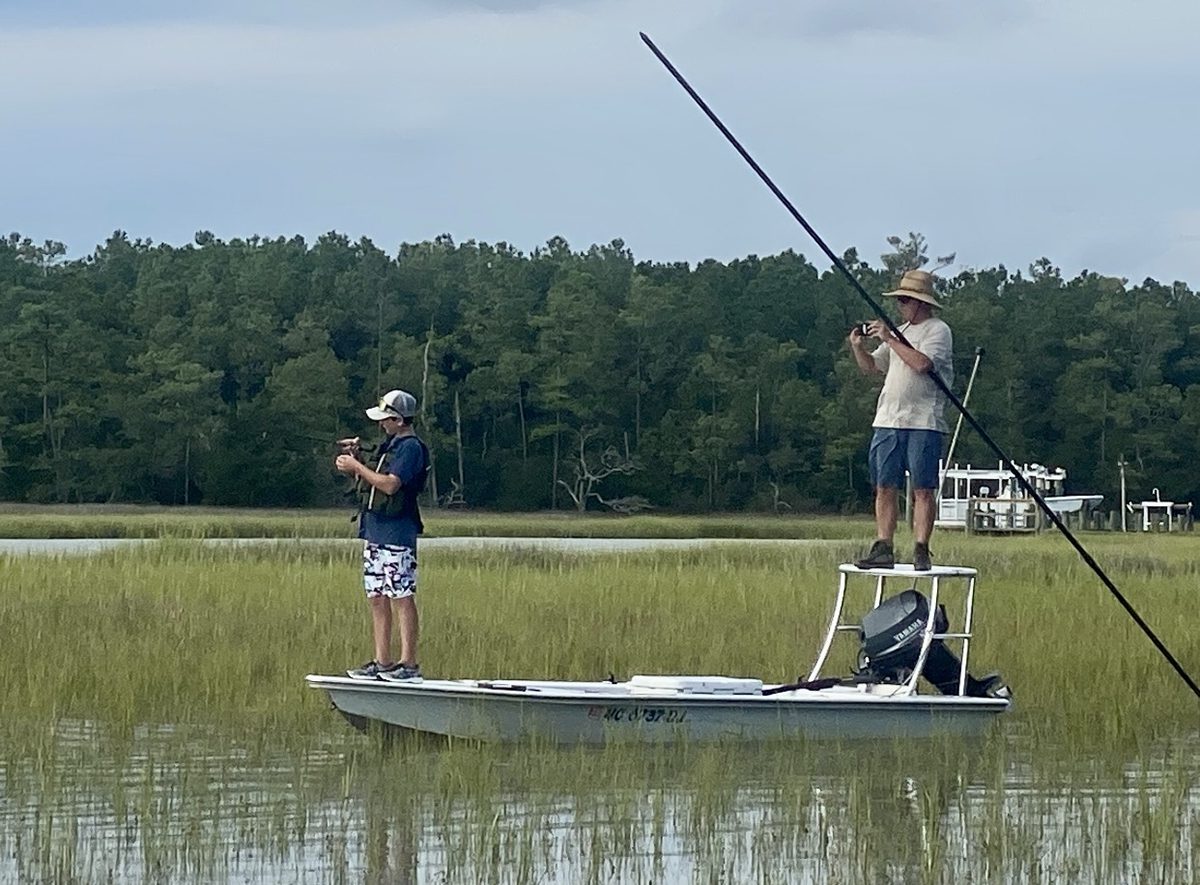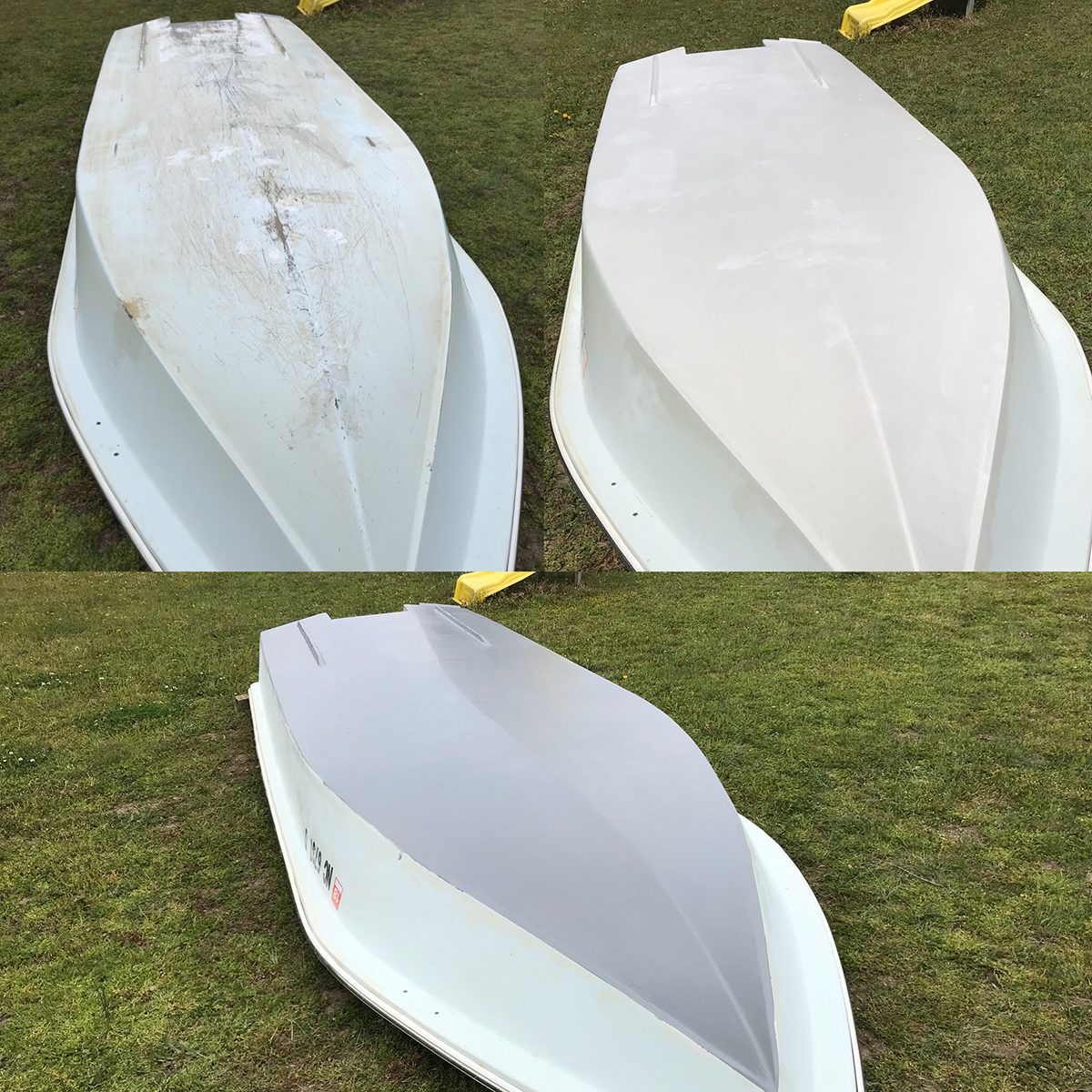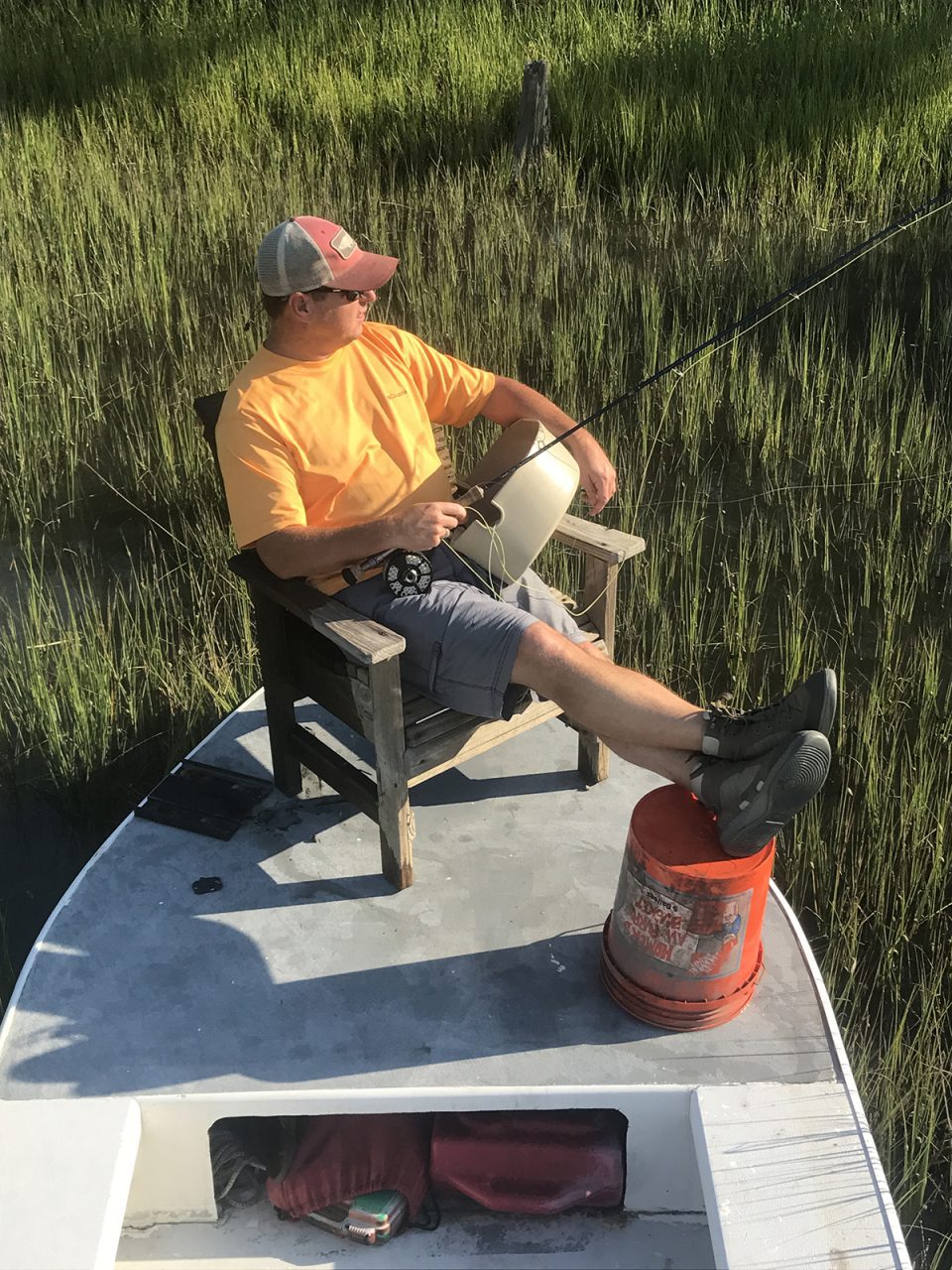
It’s getting to be the time of year when people start thinking about getting their boats out. I’m not talking about the diehards who fish all winter no matter what. I’m talking about normal people like you and me. People who may have used their boats sparingly since November, or not at all. We need to get our boats ready for the upcoming spring.
In order to make that a fun and exciting time, instead of getting towed back to the boat ramp and paying for big repair bills, let’s take some time and do some work now. Avoiding big repair bills is a major part of my life. The work we do now will hopefully help to avoid big expenses later. We are going to focus here on trailerable boats, because that has been my experience.
Supporter Spotlight
In my nearly 30 years of boat ownership, the number one thing that has been the most problematic has been trailers. Turns out that dipping a metal contraption with moving parts into saltwater time after time is not conducive to long life. Who knew? Fortunately, there are some things we can do to help.
The main thing on trailers that requires time is the bearings on the wheels. If you don’t have Bearing Buddies or a similar product then you should get them. They are devices that attach to the outermost part of the hub and provide an easy way to get grease packed inside the bearings and the hub. Aside from that, they provide a small amount of outward pressure that helps to prevent water intrusion. Saltwater and metal moving parts are not a healthy combination.
Check your trailer leaf springs. All the little clips should be whole. When those clips start to go, the springs need to be replaced. It’s not that difficult to do. Make sure you have the correct length. Your local marine hardware place should have them. You’ll most likely need a grinder to get everything off. Replace all the hardware. I have also gone to a local tire shop and asked them if they would do the work for me if I bought the parts. Worked for me. Worth asking. The same shop has also replaced hubs for me. Good to know guys like that.
Check the axle. Shouldn’t be any holes or anything. An axle breaking while driving down the road is inconvenient.
Next check your winch. Make sure the teeth engage on the locking mechanism and the strap is sound. Straps usually break right around the hook. Don’t ask me how I know.
Supporter Spotlight

Let’s look at the hull. How does the bottom look? Does it need to be refinished? Is the gelcoat dull or even chipped? Getting the entire hull redone is a job best left to the pros. There are a bunch of people doing this work. If, by the time you read this, you determine you will need this done. It may already be too late. They’ll be backed up. You may want to make plans for next season. However, you can do touch up stuff. It’s possible to crawl under and apply a clearcoat to bad scratches. There are epoxy-based hull paints that work really well. I have flipped my small skiff over and redone the whole bottom with a paint called Gator Glide. I needed to remove the engine and poling tower and then it took three big guys to flip it. Anything larger I wouldn’t recommend doing it yourself.
Clean up all your vinyl. Make sure all cleats and eyes are sound. Should be good.
The engine is the last thing. There are certain items that need to be taken care of every spring.
First change the spark plugs. Do not skimp. If it says to get the expensive Japanese plugs then get them. Change the lower unit oil. If you don’t have one, get the kit from the boat supply place. It pumps the oil in under pressure and makes sure you have the right amount. You put that red Sta-Bil gas preservative stuff in the tank back in November, didn’t you? Of course, you did. If not, then put some in right now. I use the Star Tron fuel stabilizer additive every time I fill up too. There are plenty of brands out there. Pick one and stick to it.
I will usually take the time to clean the carburetor on my older engine. A fuel injector cleaner additive like Lucas is not a bad idea for newer motors. You are going to want to change out your fuel filters now too.
Check the water pump assembly. Hook the engine up to a hose and turn it on. Water should come out of the hole in a strong stream. If not, check the outlet with a piece of heavy strength monofilament fishing line. If that doesn’t do it, you might need to change the water pump. Worth getting done. You can do it yourself but if you don’t feel comfortable, now’s the time to get it done at your mechanic shop.

For your first shakedown cruise of the year, plan to stick close by and it’s good to have a friend in another boat nearby, particularly if you have not been out in a long time. But if you’ve done all the little jobs listed here it should be OK. If you don’t live near the coast, go to a lake, or someplace where you can take it out, do a few short runs at medium speed — out and then back again. If all goes well, let it loose. It’ll feel good to have the wind in your face again.
Finally, a primer on launching and recovering at a boat ramp. First, have all your preparations done well in advance of actually entering the launch area. Get all your lines set up. Make sure the plug is in. Put all the gear in where it needs to go. Do not block the ramp.
Now pull your vehicle as close to the ramp as you can then turn the wheel, so you are pulling straight away from there, or as nearly so as possible. Some ramps you might need to back down from quite a ways away.
Some folks can back a boat using their rearview mirrors. Others might find that challenging. Nevertheless, the point is the same. Put your hand at 6 o’clock on the steering wheel. Whatever way you move your hand from there, that is the way the rear of the trailer will go. Small movements are key and the right answer is always to go slower rather than faster. It’s good to become proficient at this before you even get to a boat ramp. Practice in the same place you learned how to drive as a teen, the high school parking lot. When you can back your boat in between two cones every time, then you are ready for the ramp.
When recovering, after you get the boat on the trailer, hook up the safety chain before pulling forward. I’ve seen straps break and boats come off on the ramp. Pull forward until you are completely away from the ramp area. Do not block the ramp. This is the main thing that causes issues between people at busy times.
One last thing, if it is a low-light situation and your headlights come on automatically, turn them off when on the ramp. They’ll be shining right in the eyes of anybody who is waiting to go next.
The season is coming. Get your boat ready. Get your boat ramp skills up to par.
Have a great spring!








